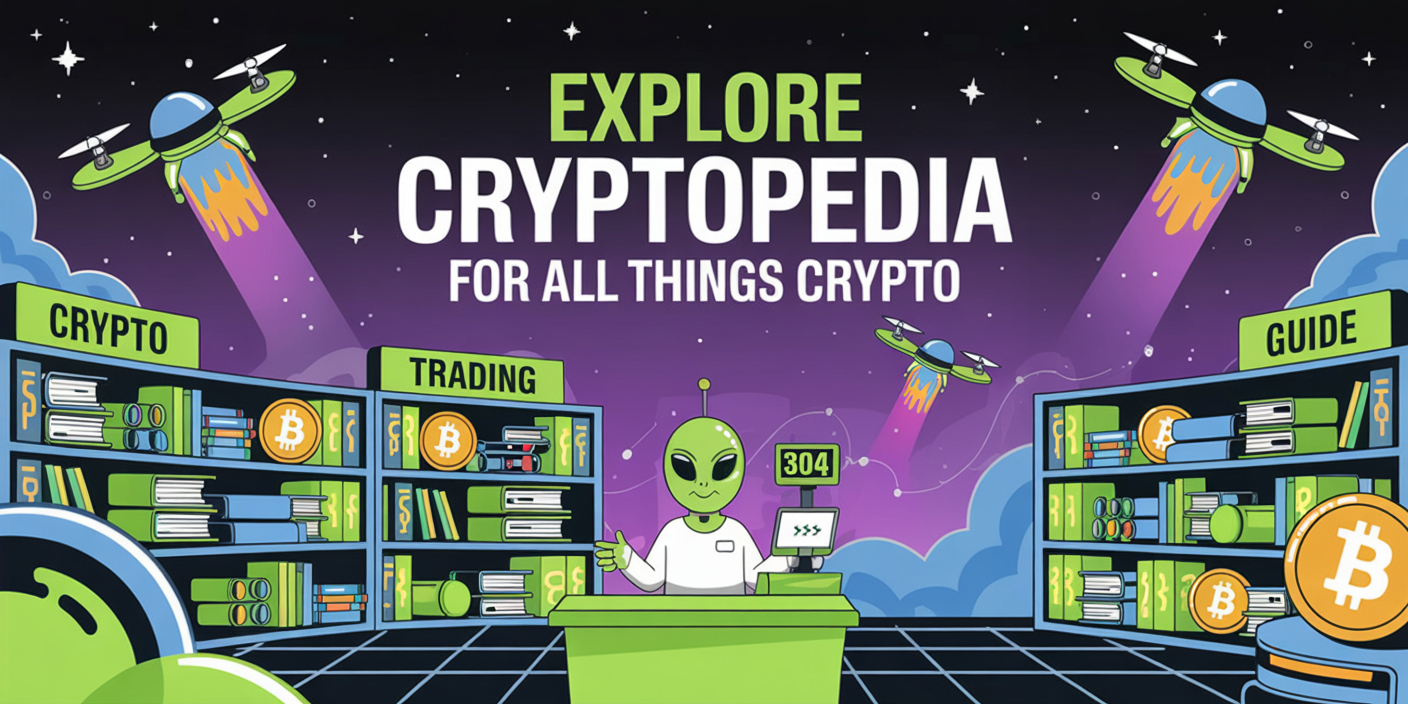foybit.com
Blog & News

Aug 27th 2023
What is CBDC and How Will It Impact Society in 2023?
Digital currencies created and regulated by a nation’s central bank are known as Central Bank Digital Currencies (CBDCs). While they share some traits with cryptocurrencies like Bitcoin, the key difference is that their value is stabilized and controlled by the central bank, mirroring the country’s standard currency.
With a growing number of nations either actively developing or already using CBDCs, it’s crucial for us to grasp what they are and how they could impact our lives and society as a whole.
What is central bank digital currency?
CBDC is essentially a digital version of a country’s currency, managed by its central bank. Unlike physical cash, it exists purely as numbers on a computer or other electronic devices.
In the context of the UK, the Bank of England is working closely with HM Treasury to explore the possibility of introducing a Central Bank Digital Currency. If it gets the green light, this new form of money would be dubbed the “digital pound.”
How is a CBDC different to cryptocurrency?
You’ve probably heard of Bitcoin, Ether, and ADA — these are what we call cryptoassets or cryptocurrencies, and they’re privately issued digital assets. However, they’re quite different from Central Bank Digital Currencies (CBDCs) in some key ways.
First of all, cryptocurrencies are created by private entities, not by a government or a central bank. So, if something goes south with a cryptocurrency, there’s no higher authority like a central bank to intervene or fix the issue.
Secondly, cryptocurrencies are known for their price volatility. Their value can skyrocket or plummet in a matter of minutes, which makes them less reliable for everyday transactions. On the other hand, if the UK were to introduce a digital pound, its value would be stable and managed over time, making it a more practical choice for payments.
Advantages of CBDCs
Advocates for Central Bank Digital Currencies (CBDCs) make a compelling case that these digital currencies could revolutionize national payment systems by reducing costs, increasing transparency, and enhancing efficiency. They could also be a game-changer for improving financial inclusion, especially in parts of the world where traditional banking services are either limited or unreliable.
From the perspective of central banks, CBDCs present new levers for monetary policy. They could be used to either jumpstart a sluggish economy or to rein in inflation. For the average user, the benefits could include little to no fees for instant money transfers. Additionally, governments could swiftly distribute and accurately track economic stimulus payments, sending them directly into the digital wallets of citizens.






